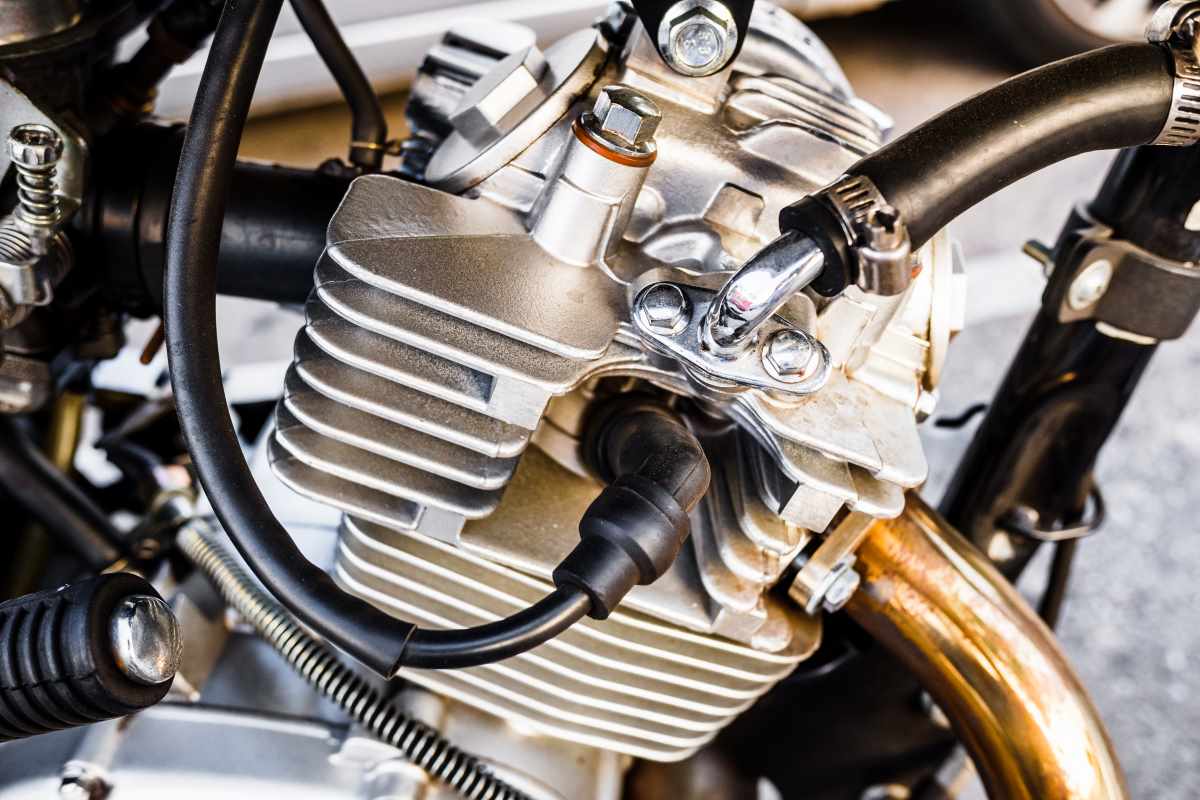
What is Air Cooling Systems in Bikes: Working, Advantages and Disadvantages

An air cooling system is crucial in many small and straightforward motorcycle engines. They are a trusted method of dissipating any extra amount of heat the bike generates. Therefore, they ensure quick engine warmup and a safe and reliable riding experience.
In this piece, we’ll look at what an air cooling system is, how it works, its advantages and disadvantages along with other relevant details.
What Does an Air Cooling System Mean?
An air cooling system in a bike is a method of dissipating heat generated by the engine directly into the air to maintain the optimal operating temperature. It has several parts that work in concert to ensure the smooth operation of the system.
It is, thus, crucial to keep a close eye on this system for proper maintenance.
What Are the 5 Main Components of an Air Cooling System?
Here are the major components of most air cooling systems:
- Cooling Fan: A cooling fan is placed within the half-round duct that covers the cylinder head of the engine.
- Baffles: There are baffles inside the duct that help channel airflow over the cooling fins and through an oil cooler.
- Thermostat: There’s a thermostat located below the cylinders which controls the valve using a lever.
- Valve: The function of the valve is to manage how much air reaches the fan, thus maintaining optimal engine temperature.
- Air Path: After passing over the thermostat and the engine, the air exits either through the bike’s rear or a heat transfer system that provides hot water to the vehicle’s heater.
How Do Air Cooling Systems Work in Bikes?
In simple terms, the air cooling system in the engine works by keeping air continuously moving over the heated part of the engine to dissipate the heat. The amount of heat taken away depends mainly on the following four factors.
- The more the surface area of the metal in contact with air, the more the heat is dissipated.
- The higher airflow speed helps release more heat.
- The higher temperature difference between the heated surface and air indicates more heat can be dissipated.
- A metal having conductivity helps in easier dissipation of heat.
What Are the Advantages of Air Cooling Systems?
Discussed below are the main advantages of an air cooling system.
- Lightweight: Air cooling systems have no cooling jackets, radiators, and so on, making them lightweight and cost-effective.
- Low Maintenance: This system requires less maintenance since there’s no need to clear and replace coolant.
- Quick Engine Warm-up: Air-cooled engines allow faster engine warm-up as compared to water-cooled engines.
- Cold Climate Suitability: This system is suitable for areas that experience cold climates where water might freeze.
What Are the Disadvantages of Air Cooling Systems?
Here are a few drawbacks of air cooling systems.
- Noisy Operation: Owing to a far too simple design, air-cooled engines produce more vibrations.
- Limited Cooling Capacity: Under hot weather conditions or heavy loads, the air cooling system may have difficulty keeping the engine temperature cool.
- Lower Output: When compared to liquid-cooled engines of the same size, air cooling systems have reduced power output.
Thus, air cooling systems provide a reliable method of cooling engines in bikes. While they have their own limitations, they are still a go-to choice for several bike manufacturers due to their perks of offering faster engine warm-up, being lightweight and ensuring reliable riding comfort.











 Continue with
Continue with





